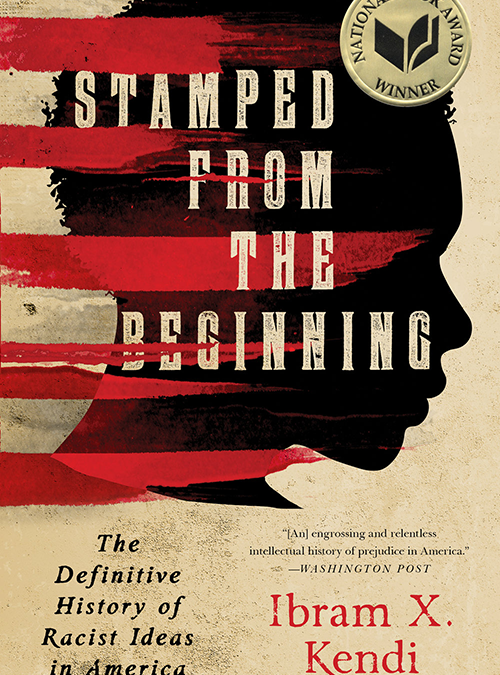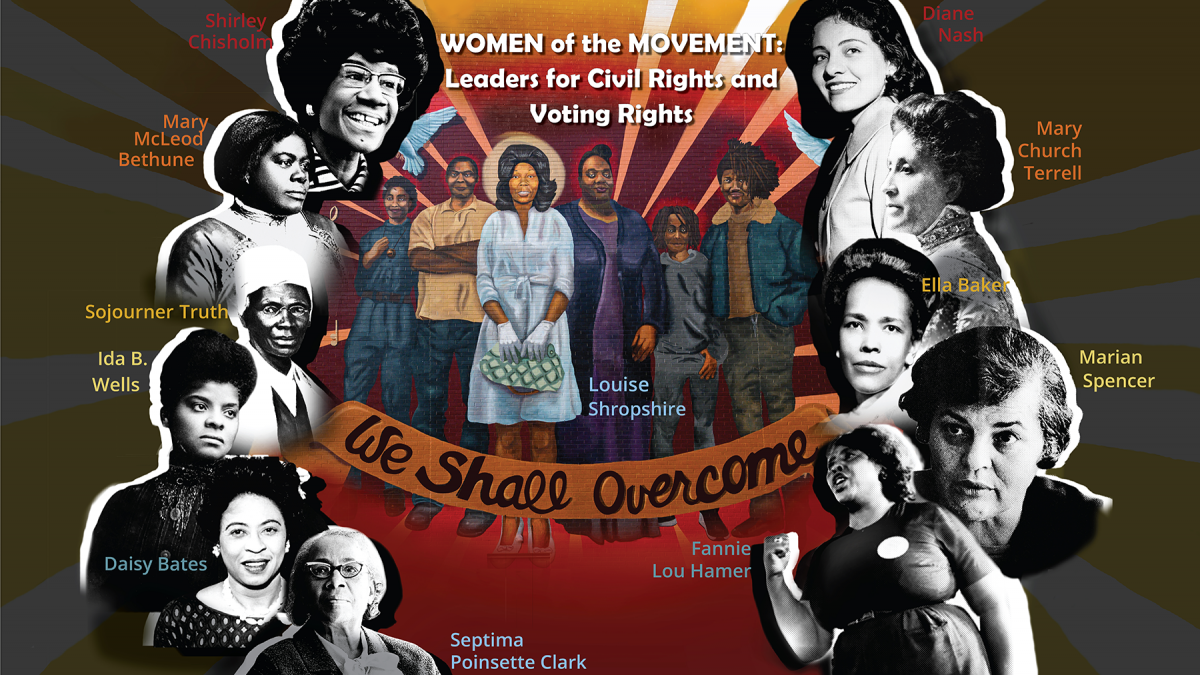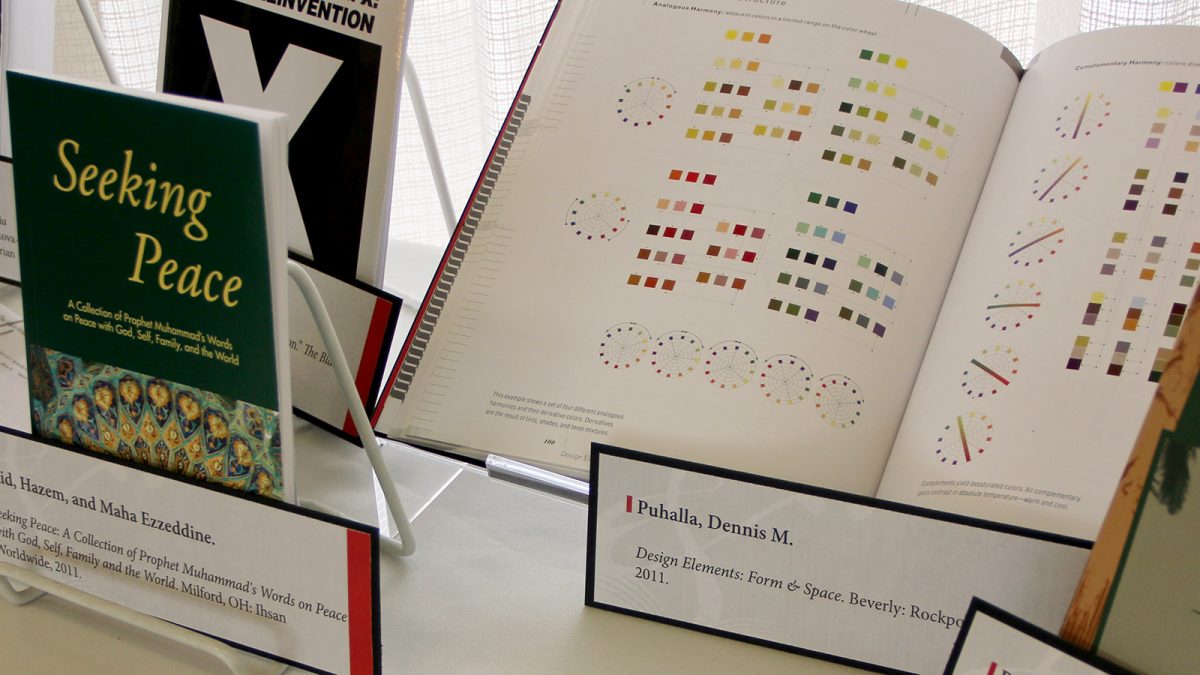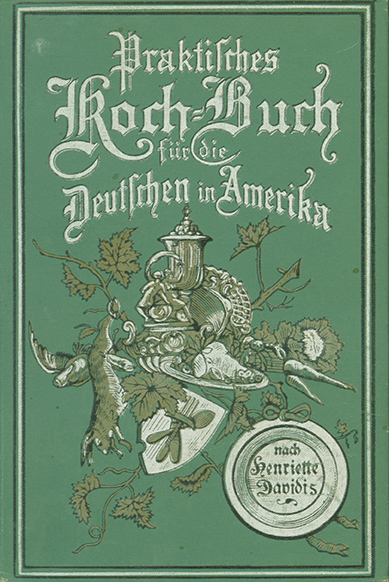Users can request print library materials by 9am Wednesday for Thursday pickup.
 The University of Cincinnati Libraries is expanding its Click & Collect retrieval and pickup service providing users with access to print collection materials in order to support UC teaching and research. Users may now request print items for pickup at the following additional library locations:
The University of Cincinnati Libraries is expanding its Click & Collect retrieval and pickup service providing users with access to print collection materials in order to support UC teaching and research. Users may now request print items for pickup at the following additional library locations:
- College of Engineering and Applied Science (CEAS) Library
- College of Education, Criminal Justice, and Human Services (CECH) Library
- Geology-Mathematics-Physics Library
- Walter C. Langsam Library
Plans are underway to provide access to the John Miller Burnam Classics Library collection to Classics faculty and graduate students and details will be announced soon.
The Click & Collect retrieval and pickup service allows UC users to request print library materials in the Library Catalog for pickup at designated library locations. Requests made by 9am Wednesdays will be available for pickup between noon-4pm on Thursdays. Due dates have been automatically set for August 10. When searching for print materials in the Library Catalog, items with the status of “Held By Library” are available for request. Items from one library location cannot be requested for pickup at another library location. Continue reading

 Dorcas Washington, formerly content analyst on the Content Services Team, has transitioned to the new role of data analytics specialist on the Research and Data Services (RDS) Team.
Dorcas Washington, formerly content analyst on the Content Services Team, has transitioned to the new role of data analytics specialist on the Research and Data Services (RDS) Team. Below is a short list of UC Libraries resources. While some do require UC affiliation, there are others that are open access. It contains a mix of current and historical perspectives as this is not a new issue our country is confronting, but the time to listen and to learn is now. This list is not meant to be comprehensive, but a starting point for education and conversation.
Below is a short list of UC Libraries resources. While some do require UC affiliation, there are others that are open access. It contains a mix of current and historical perspectives as this is not a new issue our country is confronting, but the time to listen and to learn is now. This list is not meant to be comprehensive, but a starting point for education and conversation. 
 While all UC Libraries’ physical locations remain closed until further notice, we are finalizing plans to provide users with access to print collection materials in order to support UC teaching and research.
While all UC Libraries’ physical locations remain closed until further notice, we are finalizing plans to provide users with access to print collection materials in order to support UC teaching and research. Natural Language Processing for Social Media
Natural Language Processing for Social Media Arduino I: Getting Started
Arduino I: Getting Started  The University of Cincinnati Libraries is collaborating with the Faculty Senate, the Office of the Senior Vice President and Provost and the Faculty Enrichment Center to bring back the popular Authors, Editors & Composers event and exhibit last held in 2013 and incorporate it into the Life of the Mind lecture series.
The University of Cincinnati Libraries is collaborating with the Faculty Senate, the Office of the Senior Vice President and Provost and the Faculty Enrichment Center to bring back the popular Authors, Editors & Composers event and exhibit last held in 2013 and incorporate it into the Life of the Mind lecture series. To include 2019 creative and scholarly works, UC faculty and staff are invited to submit via an
To include 2019 creative and scholarly works, UC faculty and staff are invited to submit via an 